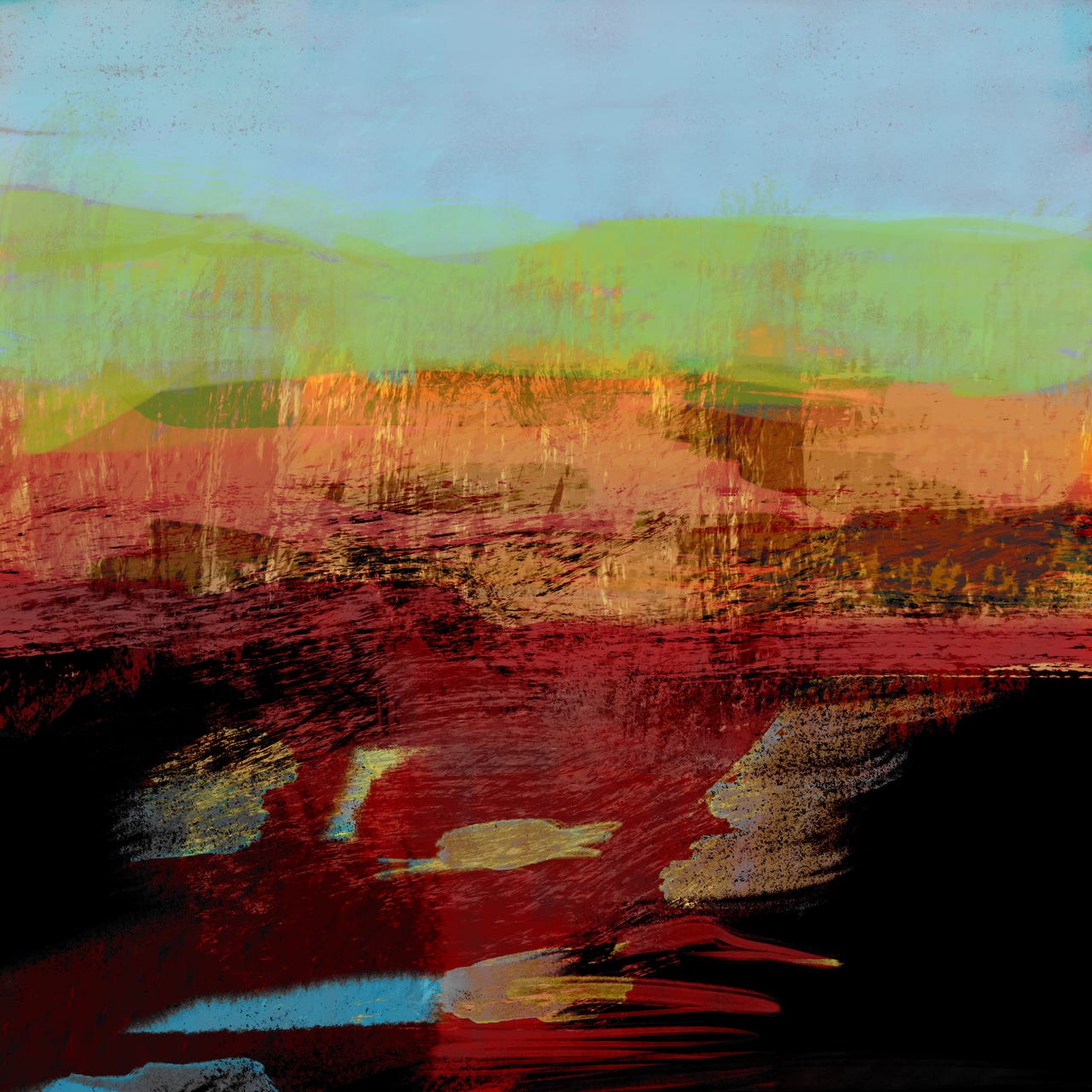Three Ratti Barolos, and a New Way of Working
Visual and textual impressions of the Marcenasco, Serradenari, and Rocche dell’Annunziata Barolos
My wine reviews have long adhered to protocol: bottle shot, production note, tasting note, price.1 This format has been modestly successful for readers but wildly successful for search engines, which have delivered streams of unseen visitors for a single sip and bounce. Hello goodbye.
The more I read and think and write about wine writing, the more impoverished this protocol feels. So, with migration to this platform I’m taking a new approach. Or rather approaches, because I’m going to start experimenting and seeing what works best for the people who matter: you and me.
The death of the tasting note has been greatly exaggerated. We talk about wine for many reasons, but principally because we are social creatures and wine is a social drink. The linguist Adrienne Lehrer has noted that “by talking about wine and attaching words to its properties, one is more likely to remember the experience,” adding further that “by talking about a wine, people can somehow objectify the experience, thus sharing it more than just by drinking together.”2 In other words, language helps us frame our own perception of a wine, and conversation helps others see inside that frame.
So I do value tasting notes and plan to continue writing them, always as personal impressions offered in a spirit of participation rather than dictation; not “this wine is like this” but “this wine is like this to me.”
I’m also increasingly sensitive to the ways in which tasting notes adopt the voice of the market, reading as a pitch not a gloss. I suspect many readers, myself included, would have trouble correctly identifying a producer’s tasting note from a critic’s, read blind (as it were). So my notes are narrowing somewhat, but will still deliver a mix of dimensions: descriptive (my taste and tactile sensations) and evaluative (my assessment of the experience).
Finally: as visual artist, and one who experiences a fair degree of synesthesia when tasting, I find that certain of my paintings and photographs do a better job than words of representing my experience of the wine. Starting with this post I’m introducing visual imagery to add yet another dimension.
“From the Deep”
This painting evokes the Piedmont landscape without directly quoting it. Similarly, it echoes some sensations I experience in Barolo wines. My notes on young Barolo often include “red tea,” a personal idea with no literal meaning which commingles notions of black tea and red fruit. It also suggests the color of the wine itself; this painting has a “red tea” feeling. Barolo has a deep, structural armature of tannin, and this can read to me as dark and grainy or velvety and smooth. Above this is a stratum of sharp or lifted acidity. The painting captures these impressions in color, texture, and chiaroscuro: something darker below, lighter above, mixed and annealed in the middle.
Ratti Marcenasco Barolo DOCG 2020
Rose-garnet with tan. A fragrance of woodsy cedar, balsamic, fresh air. Flavors like tea and acacia honey; not fruity. Supple tannins and blazing acidity. The most serious and restrained of these three. $70
Ratti Rocche dell’Annunziata Barolo DOCG 2020
Rose and tan robe. Volatile, fruity aromas of strawberries fresh and dried, mint. Strawberry flavors play through, but here steeped in roses. Light textured, lightly astringent, not firmly tannic; grippy finish. The most flowery of the three. $150
Ratti Serradenari Barolo DOCG 2020
Rosy with a tan rim. Woodsy cedar fragrance. Flavors of red and black fruit, blackberries, some herbs. Light-textured, drying, with an astringent finish. Still, it’s the fruitiest of the three. $174
All wines were samples for review. Ratti is imported into the U.S. by Maze Row.
I’ve never scored wines, partly because I dislike their false specificity but mostly because I find scoring performative, more about the taster than the tasted.
Lehrer, Adrienne. “Talking about Wine.” Language, vol. 51, no. 4, 1975, pp. 901–23. JSTOR, https://doi.org/10.2307/412700 . Accessed 13 June 2025.




“This wine is like this to me” is an incredibly important point, and one that gets overlooked in wine discussion about 98% of the time. We all have different sensory perception thresholds, and different sensory associations. Your blazing acidity might be my refreshing, or my undrinkably acidic.
Fascinating that you are a synesthete. I found out that I have aphantasia. (I only learned the term recently). I see nothing in my mind's eye. (It always felt like a metaphor). ... It makes sense now why I'm so kinesthetic.
I love your combination of your painting with the wines. Even though I don't see much in my mind's eye, I love visual art, am a painter (though I haven't painted in a while). And I especially love the movement in your painting.
Finally, I have to admit that my favorite part about the experience of wine (at this point) may be talking about it. Talking about it begs us to slow down and notice - what we are tasting, feeling, seeing, smelling. Even if we don't love the taste of the wine we are drinking, the process is so satisfying. I still have to learn to identify my experience well enough to describe it, but just the attempt helps.